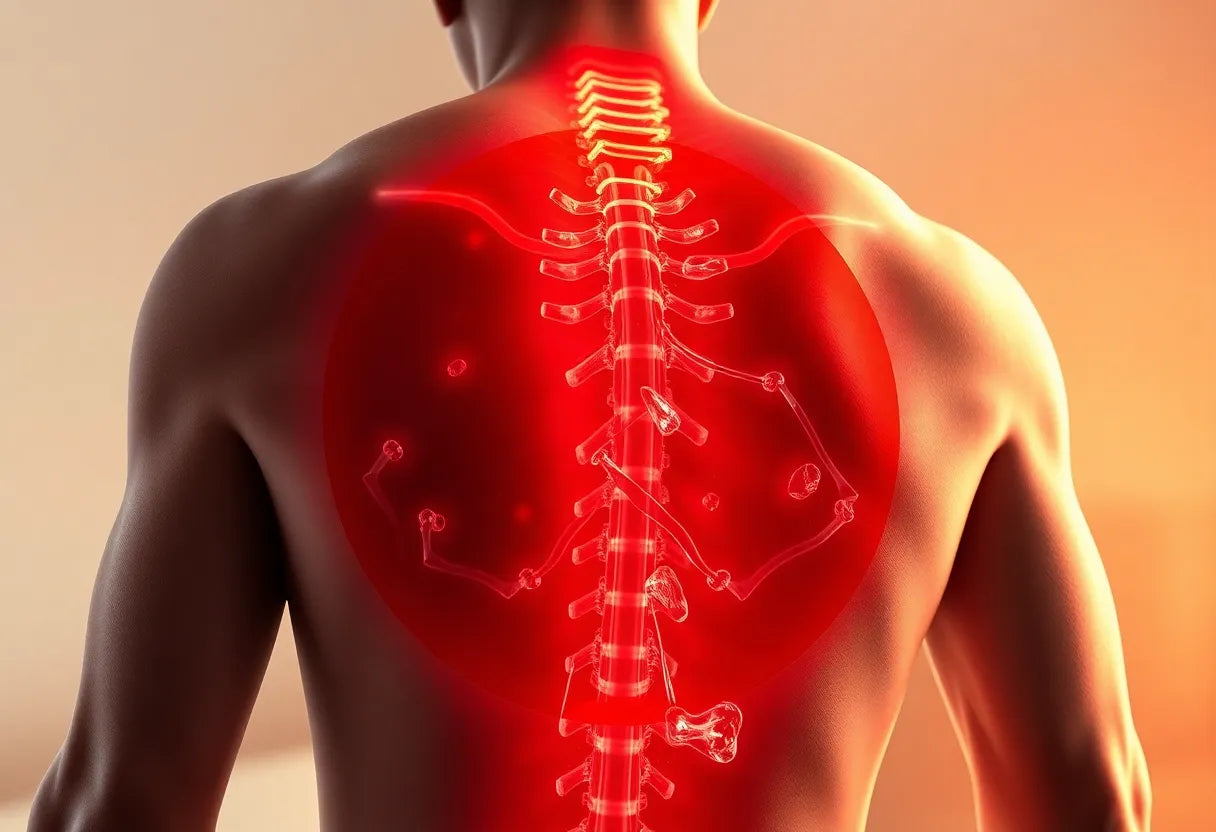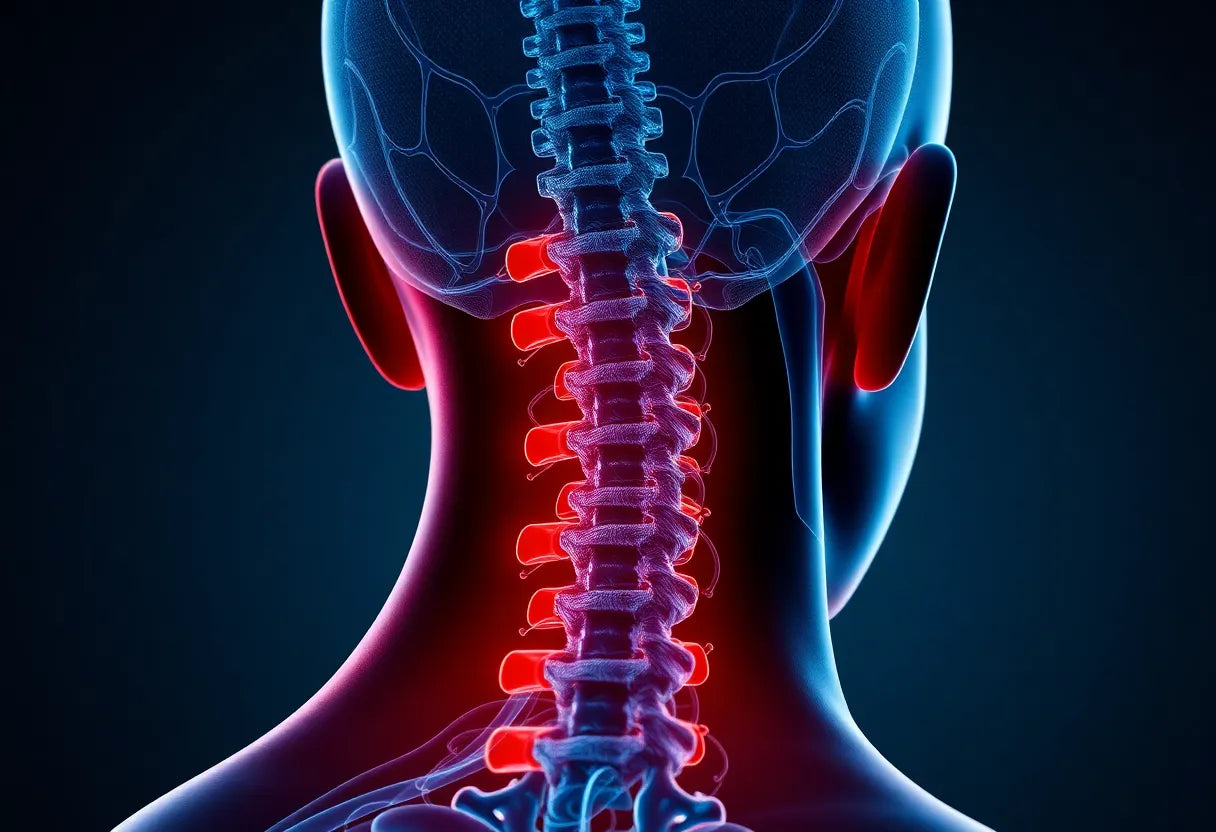Understanding lumbar osteoarthritis is crucial for anyone experiencing the discomfort and limitations it can impose. This degenerative condition affects the lower spine, leading to persistent pain, stiffness, and a noticeable reduction in mobility. As the cartilage in the lumbar spine wears away, the bones may rub against each other, causing inflammation and discomfort. While this can be daunting, there is hope. Exercise emerges as a powerful, non-invasive treatment option that can significantly manage symptoms and enhance the quality of life for those affected.
the role of exercise in managing lumbar osteoarthritis
Exercise plays a pivotal role in addressing the symptoms of lumbar osteoarthritis. A structured exercise program, which combines flexibility, core stabilization, and strengthening exercises, can be transformative. These exercises not only help in alleviating pain but also improve overall function. Flexibility exercises maintain spinal mobility and reduce stiffness, while core stabilization exercises target the deep trunk muscles, providing essential support to the spine. Strengthening exercises, on the other hand, bolster the muscles that support the lumbar region, enhancing endurance and reducing the burden on the spine.
engage in exercises to unlock pain-free movement
Imagine moving through your day with ease, free from the constraints of pain and stiffness. This is the potential that a dedicated exercise routine offers. By engaging in exercises specifically designed for lumbar osteoarthritis, individuals can unlock greater freedom of movement, making daily activities more manageable and enjoyable. This guide is crafted to encourage you to explore these exercises, which can be a gateway to a more active and pain-free life.
Whether you're new to exercise or looking to refine your routine, the exercises outlined in this guide can be adapted to suit your needs. The journey to improved mobility and reduced pain begins with understanding the importance of each exercise and committing to a regular practice. By incorporating these exercises into your daily routine, you can take proactive steps toward managing lumbar osteoarthritis effectively.

Lumbar support belt
Lower back support belt for stabilisation, pain relief, and adjustable compression ideal for lumbar osteoarthritis.
core exercises and their rationale
To effectively manage lumbar osteoarthritis, it is essential to integrate a variety of exercises that target flexibility, core stabilization, and strengthening. These exercises not only alleviate pain but also improve function and mobility, helping individuals maintain an active lifestyle. Here's a closer look at the core exercises recommended for those dealing with this condition:
flexibility and stretching
Flexibility exercises play a crucial role in maintaining spinal mobility and reducing stiffness. Regular stretching can help ease the tension in the muscles surrounding the lumbar spine, allowing for a greater range of motion. Some beneficial stretches include:
- Side Stretches: These target the lateral muscles of the spine, helping to improve flexibility and reduce stiffness.
- Trunk Rotations: This exercise enhances spinal rotation and flexibility, crucial for daily activities.
- Knee-to-Chest Stretches: Aids in stretching the lower back muscles, providing relief from tension.
- Hamstring Stretches: These stretches help reduce tightness in the posterior chain, which can indirectly affect the lumbar region.
core stabilization/activation
Core stabilization exercises are vital for individuals with lumbar osteoarthritis as they strengthen the muscles that support the spine. Focusing on the transversus abdominis and multifidus muscles can lead to significant improvements in pain and disability. Research supports the effectiveness of these exercises in providing long-term benefits. Key exercises include:
- Planks: Engage the core muscles, providing stability to the spine.
- Bird-Dog Exercise: Enhances coordination and strengthens the back and abdominal muscles.
strengthening and endurance
Strengthening exercises are essential for improving the overall function of the lumbar region. By enhancing the endurance of the muscles supporting the spine, you can reduce the load on the joints and alleviate pain. Recommended exercises include:
- Supine Isometric Back Extensions: Strengthen the lower back muscles, providing better support to the spine.
- Resistance Band Rows: These exercises target the upper and lower back muscles, enhancing strength and endurance.
aerobic/low-impact activities
Aerobic exercises, especially low-impact activities, are beneficial for individuals with lumbar osteoarthritis. Activities such as swimming and walking help in reducing joint load while boosting cardiovascular health. These exercises are particularly advantageous for older adults, as they improve overall fitness without putting undue stress on the joints.
exercise instructions
Incorporating the following exercises into your routine can significantly improve your lumbar health:
exercise 1: standing side stretch
How to Perform: Stand with feet shoulder-width apart, raise arms overhead, and laterally bend from the waist. Hold for 30 seconds on each side.
Benefit: Enhances spinal flexibility.
exercise 2: seated trunk rotation
How to Perform: Sit with hands on shoulders and twist gently to the left and right, performing 10-12 repetitions.
Benefit: Engages core muscles and reduces stiffness.
exercise 3: single/double knee to chest
How to Perform: Lie on your back, pull one or both knees towards the chest, and hold the stretch for comfort.
Benefit: Increases low back and buttock flexibility.
exercise 4: hamstring stretch
How to Perform: Lay or sit, support the thigh, gently straighten the knee, and hold the stretch.
Benefit: Reduces tightness in the posterior chain.
exercise 5: lower trunk rotation
How to Perform: Lie down with feet together, rotate both knees to one side, then the other.
Benefit: Improves lumbar and pelvic mobility.
exercise 6: resistance band rows
How to Perform: Stand on a resistance band, pull handles with elbows back, and repeat sets.
Benefit: Strengthens upper and lower back muscles.
exercise 7: piriformis stretch
How to Perform: Cross one leg over the opposite knee and pull gently toward the chest.
Benefit: Relieves hip and gluteal tension.
By incorporating these exercises into your routine, you can take proactive steps toward managing lumbar osteoarthritis effectively, unlocking a path to pain-free movement and improved quality of life.

Men's Posture Shirt™ - White
Patented NeuroBand™ technology shirt supports posture, relieves pain, and activates muscles for daily comfort.
clinical evidence and tailored exercise programs
When considering exercises for lumbar osteoarthritis, it's crucial to understand the clinical evidence supporting different approaches. Research consistently shows that core stability exercises often provide more significant reductions in pain and disability compared to conventional strengthening exercises. This is particularly true for those experiencing non-specific low back pain, where core stability can enhance spinal support and function.
A multimodal exercise approach is also highly recommended, especially for older adults. This strategy combines resistance, aerobic, and mobility exercises to improve pain and disability outcomes more effectively than passive care alone. By engaging in a variety of exercises, individuals can address multiple aspects of their condition, leading to better overall management.
It's important to tailor exercise programs to individual needs, considering factors such as pain levels, functional abilities, and the severity of arthritis. Professional guidance is essential to ensure exercises are performed safely and effectively, preventing any exacerbation of symptoms. Incremental progression in exercise intensity and complexity should be monitored to align with the individual's condition and capabilities.
frequently asked questions
how often should I perform these exercises?
Ideally, aim to perform these exercises at least three times a week. However, it's best to consult with a healthcare professional to create a personalized plan that suits your specific needs and condition.
can I perform these exercises if I experience pain during them?
Experiencing mild discomfort during exercise is normal, but if you encounter sharp or severe pain, stop immediately and consult a healthcare provider. It's important to distinguish between discomfort from muscle use and pain that signals potential harm.
are these exercises suitable for all stages of lumbar osteoarthritis?
These exercises can be adapted for various stages of lumbar osteoarthritis. However, it's crucial to tailor them to your specific condition and consult with a professional to ensure they are appropriate for your stage of arthritis.
what other activities can complement these exercises?
Engaging in low-impact activities such as walking, swimming, and cycling can complement these exercises. These activities help improve overall fitness and cardiovascular health without putting excessive strain on the joints.
do I need any special equipment for these exercises?
Most exercises require minimal equipment, such as a resistance band or a yoga mat, making them accessible for home practice. Investing in these simple tools can enhance your exercise routine and provide additional resistance and support.
Källor
- Journal of Orthopaedic & Sports Physical Therapy. (2021). "Lumbar Osteoarthritis: Exercise Intervention."
- Harvard Health Publishing. (n.d.). "Exercise Rx for Overcoming Osteoarthritis."
- Mayo Clinic. (n.d.). "Arthritis: In-Depth Overview."
- Hospital for Special Surgery. (n.d.). "Exercises for Arthritis of the Spine."
- Exercise is Medicine. (n.d.). "Exercising with Osteoarthritis."
- American Academy of Orthopaedic Surgeons. (2017). "Rehabilitation for the Spine."
- Versus Arthritis. (n.d.). "Back Pain Exercise Sheet."
- PubMed Central. (n.d.). "Research on Lumbar Osteoarthritis Exercises."
- ChoosePT. (n.d.). "Physical Therapy Guide to Osteoarthritis of the Spine."


















